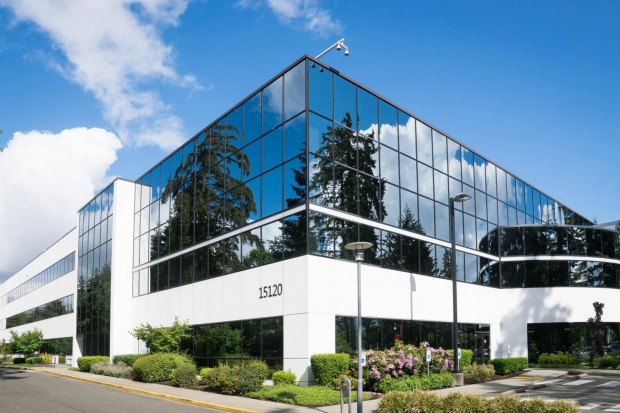Sustainable building companies are changing the global scene with the application of modern technologies and ecologically friendly business approaches. While they are building energy-efficient, long-lasting buildings, these developers are reducing their impact on the surroundings.

(Photo : Pexels/Pixabay)
Notable Sustainable Building Companies
Eight of the companies engaged in worldwide construction have made the inaugural ranking of the 500 most sustainable businesses compiled by Time Magazine and Statista top priority. Among the construction companies, Stantec of Canada came in first place with a score of 79.63, placing them at position 13 on the list. WSP, also from Canada, had a score of 53 narrowly missed qualifying for the top 50.
Meanwhile, two Spanish corporations, Acciona and Iberdrola, were ranked within the top 100 in parallel. On the ladder were eight building businesses; the last four were Ferrovial, Sacry, Webuild, and Eiffage.
As mentioned, if they want to be included in the ranking, these companies must have qualified for climate initiatives including the 1.5°C aim from the Science Based Targets Initiative (SBTi) and have received favorable ratings from the Carbon Disclosure Project (CDP), formerly known as the Carbon Disclosure Project.
The planners also evaluated Scope 1 and Scope 2 emissions of the business. A corporation is thus directly accountable for Scope 1 emissions; Scope 2 emissions are created indirectly by another company through the purchase of electricity. The organizers pointed out that while a company can admit it is trying to better the surroundings, it is very different for its executives to make public pledges that could be followed if they are really committed to do so.
Also Read: Egypt's $10 Billion Wind Farm Project: Lighting Towards Goals for Renewable Energy
Significance of Sustainability within the Building Sector
When their design, construction, and operation minimizes their negative effects on the environment while maximizing their positive effects on society and the economy, buildings are sustainable. This is accomplished via ecologically friendly materials, energy-efficient technologies, waste generation lowering, and building of healthy interior spaces. As stated, a key strategy in addressing contemporary problems including social injustice, resource depletion, and climate change is sustainability in building techniques; its demand will only increase in line with the urban population.
By using ecologically friendly building techniques, developers may supposedly cut running costs, increase the lifetime of buildings, and raise property prices. Apart from giving renters better living and working conditions, sustainable buildings enhance the welfare and output of the occupants as well. As a result, local economy may become more strong and quality of living could improve. Sustainable building mostly is designed to reduce the loss of natural resources, lower greenhouse gas emissions, and improve the welfare of the surrounding community as well as of the residents.Thus, the designs of modern buildings and the operations of current building projects depend much on sustainable construction.
Moreover, by including sustainable technologies and materials into their projects, developers can save long-term running expenses like those related with energy, water, and maintenance. Furthermore, as sustainable buildings have higher market value, stakeholders find them to be desirable investments. Businesses who embrace sustainable building have a competitive edge over their rivals since more people are becoming aware of the environment and so demand for environmentally friendly homes is always growing.
Related Article: Green Transformation: 5 Breathtaking Sustainable Architectural Marvels Around the Globe







